/Milieu biologique/Espèces/Espèces rares, protégées ou en voie de disparition
Type of resources
Available actions
Topics
INSPIRE themes
Keywords
Contact for the resource
Provided by
Years
Formats
Representation types
Update frequencies
status
Scale
Resolution
-
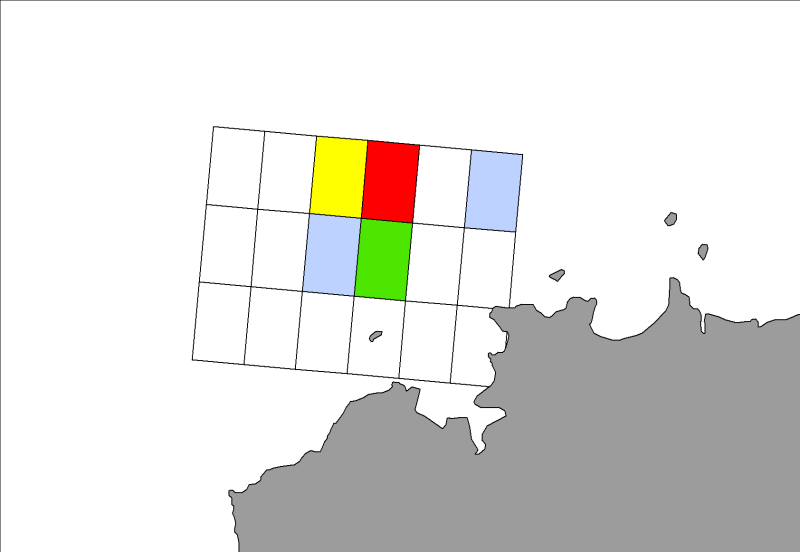
Distribution spatiale trimestrielle des phoques gris (Halichoerus grypus) recensés par l'ONCFS sur leurs reposoirs terrestres des roches de Portsall en 2010.
-
Distribution des gorgonaires Callogorgia verticillata observées pendant la campagne VIDEOCOR_2017 dans le canyon de Cassidaigne (L'Europe 2017, H-ROV Ariane). Données liées à la publication Fabri et al., 2019. https://doi.org/10.1016/j.pocean.2019.102172
-
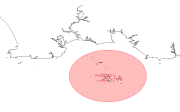
Zone de protection du narcisse de Saint-Nicolas (archipel des Glénan). Cette zone s'étend sur 6 milles autour de l'île de Saint-Nicolas.
-
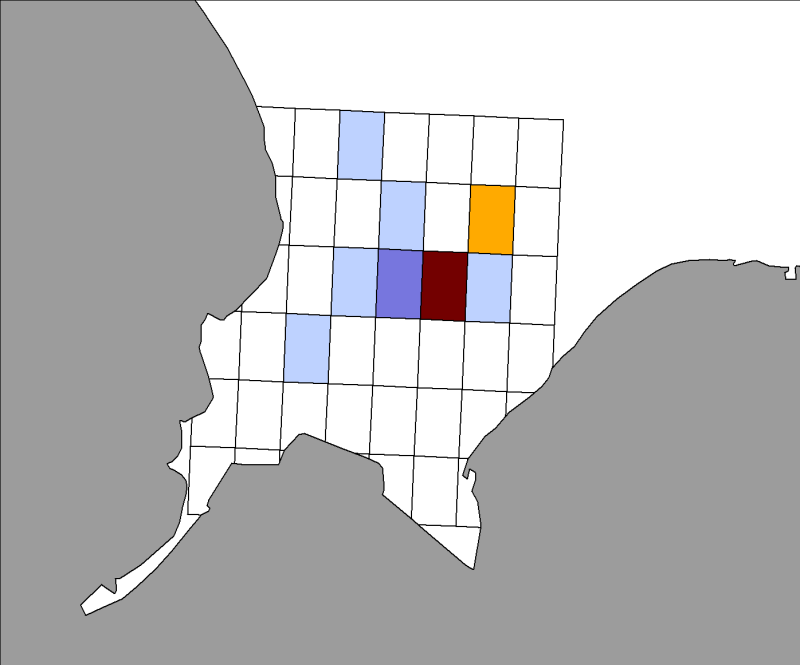
Distribution spatiale trimestrielle des phoques veaux marins (Phoca vitulina) recensés par Aérobaie et la Réserve Naturelle du Domaine de Beauguillot sur leurs reposoirs terrestres dans la baie des Veys, de 2007 à 2009 inclus.
-
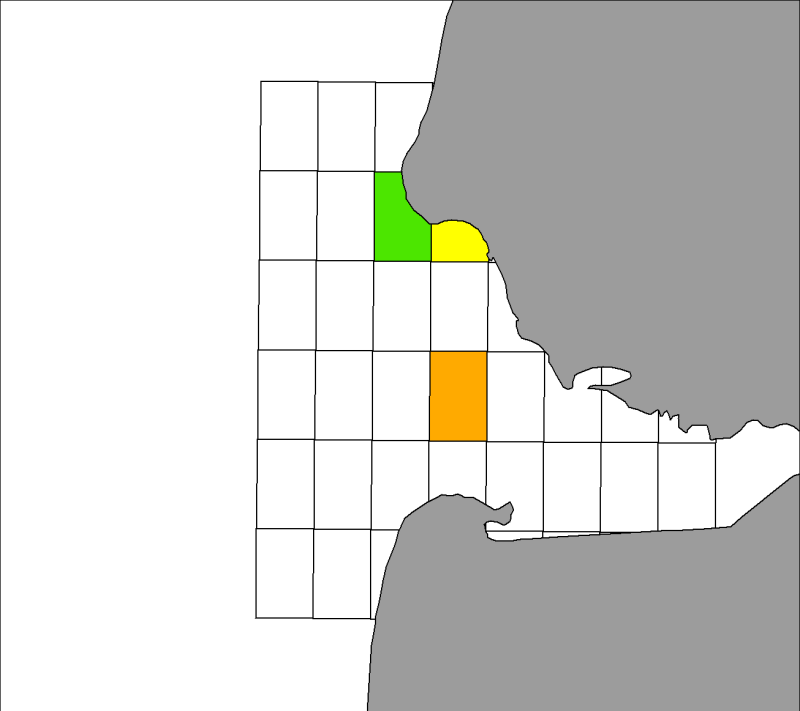
Distribution spatiale trimestrielle des phoques gris (Halichoerus grypus) recensés par les associations ADN et Picardie Nature sur leurs reposoirs terrestres dans la baie d'Authie, de 2007 à 2009 inclus.
-
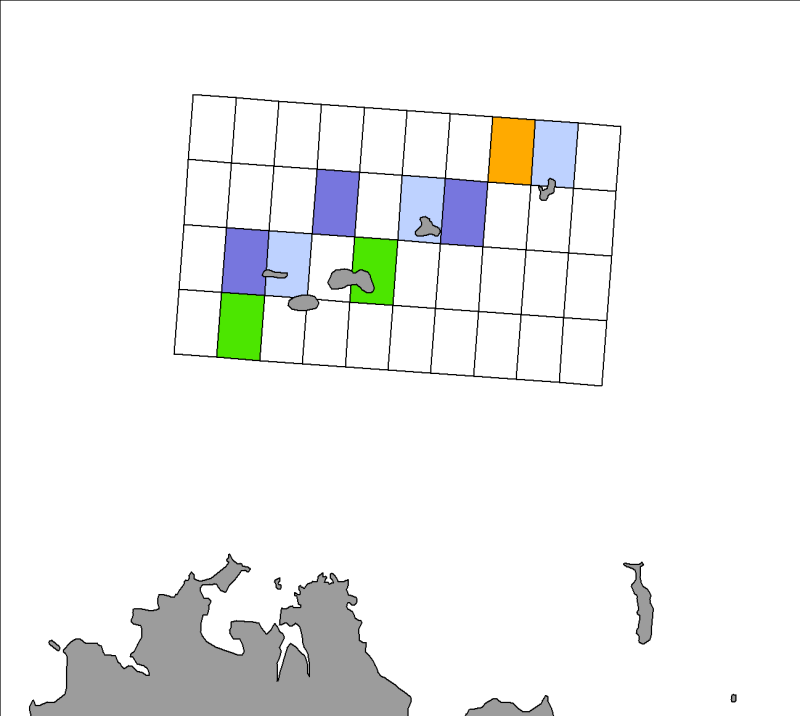
Distribution spatiale trimestrielle des phoques gris (Halichoerus grypus) recensés par la LPO (Réserve Naturelle des Sept Iles) sur leurs reposoirs terrestres dans l'archipel des Sept Iles, de 2007 à 2009 inclus.
-
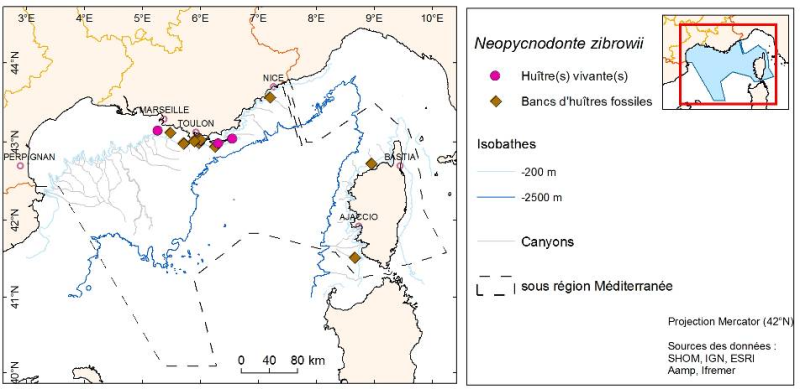
La répartition des espèces est fournie sous forme de couche de points représentant les observations in situ des organismes observés pendant des plongées en submersible dans les canyons de Méditerranée continentale.
-
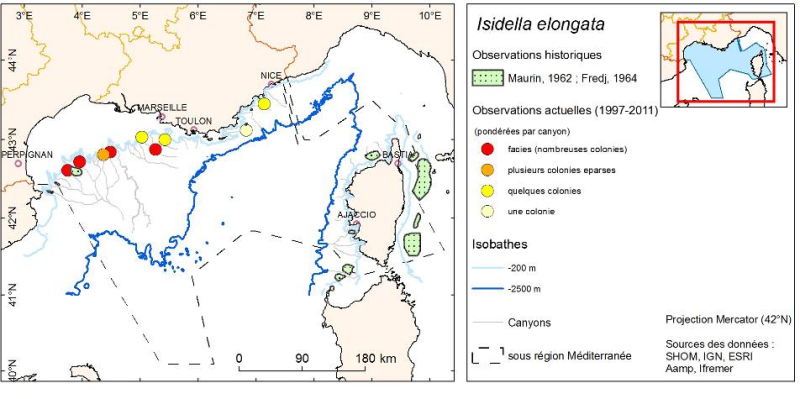
Couche de polygones représentant la répartition des organismes décrite dans la bibliographie et obtenue par prélèvement dans les canyons de Méditerranée française.
-
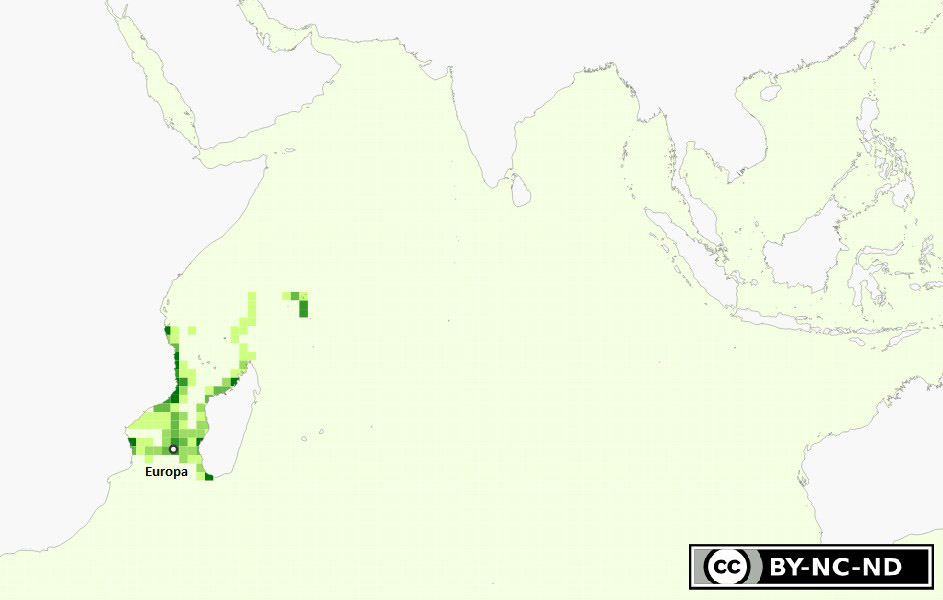
Les données acquises entre 2003 et 2011 par balise Argos, ont été analysées pour sortir 2 localisations par jour. Le nombre de localisations de Tortues vertes balisées à Europa est agrégé par carré de 1° de côté. Ce mode de calcul est celui choisi dans le cadre du projet Mégafaune pour toutes les populations (une espèce, un lieu) étudiées afin de permettre l'inter-comparaison. Ces suivis post-reproduction ont eu lieu dans le cadre des projets "DYMITILE" Kelonia / Ifremer.
-
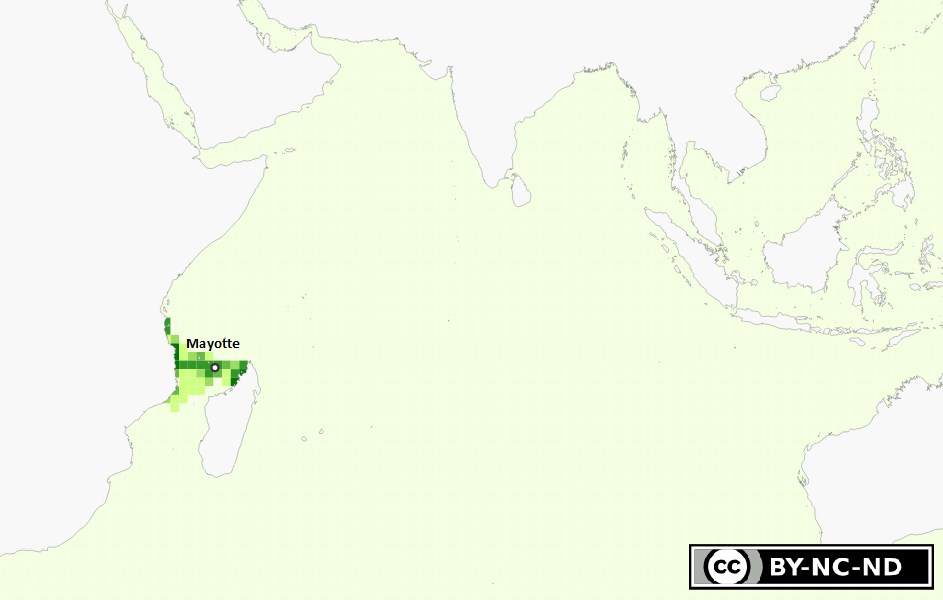
Les données acquises entre 1998 et 2012 par balise Argos, ont été analysées pour sortir 2 localisations par jour. Le nombre de localisations de Tortues vertes balisées à Mayotte est agrégé par carré de 1° de côté. Ce mode de calcul est celui choisi dans le cadre du projet Mégafaune pour toutes les populations (une espèce, un lieu) étudiées afin de permettre l'inter-comparaison. Ces suivis post-reproduction ont eu lieu dans le cadre des projets "DYMITILE" Kelonia / Ifremer.
 Mon GéoSource
Mon GéoSource